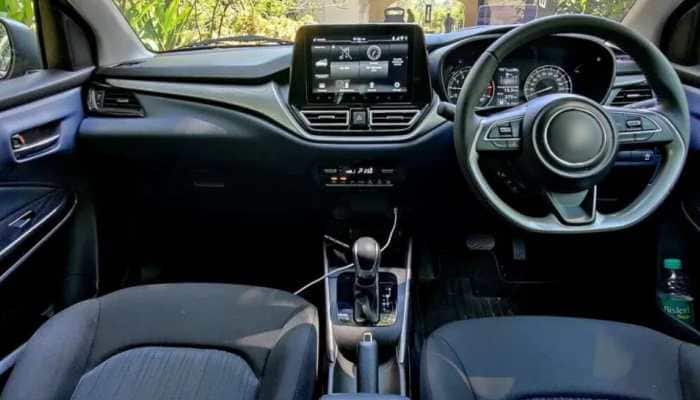NASA Satellite Images Reveal Toxic Smog Expanding Over Northern India, No Respite From Pollution
NASA Worldview's visuals paint a disconcerting picture, portraying a thick layer of smog blanketing the northern plains of India. The repercussions of this alarming phenomenon extend beyond Delhi, as several cities in North India grapple with deteriorating air quality, hinting at a broader environmental challenge.
Trending Photos
)
NEW DELHI: In a stark revelation, NASA's latest satellite imagery has laid bare the expanding menace of toxic smog over Northern India, with Delhi at the epicentre of what experts are now deeming an imminent air pollution "crisis." NASA Worldview's visuals paint a disconcerting picture, portraying a thick layer of smog blanketing the northern plains of India. The repercussions of this alarming phenomenon extend beyond Delhi, as several cities in North India grapple with deteriorating air quality, hinting at a broader environmental challenge.
Farm Fires Amplify Pollution Woes
The smog's origin is multifaceted, potentially stemming from various polluting sources, including a surge in farm fires in Punjab and Haryana. Recent data from NASA underscores a staggering 740% increase in these fires, intensifying concerns about their contribution to the hazardous air quality.
Delhi's Escalating Air Quality Crisis
Delhi, in particular, finds itself trapped in a relentless cycle of worsening air quality. The Air Quality Index (AQI) consistently lingers in the 'severe category,' driven by factors such as vehicular emissions and smoke from stubble burning in neighbouring states.
Neighbouring Cities Grapple With Soaring Pollution Levels
The air quality situation extends its grip to neighbouring cities, with Ghaziabad, Gurugram, Noida, Greater Noida, and Faridabad registering alarming AQI levels. The severity of the situation demands urgent attention and decisive measures.
Artificial Rain As A Contingency Plan
As Delhi contends with severe air quality, Environment Minister Gopal Rai announces a novel approach—artificial rain through cloud seeding. Collaborating with scientists from IIT-Kanpur, the government aims to execute a pilot project if specific cloud conditions are met on November 20-21.
Supreme Court Steps In
Expressing grave concern, the Supreme Court directed an immediate halt to stubble burning in Punjab, Haryana, and western Uttar Pradesh. The court holds local authorities accountable for preventing crop burning and emphasizes the malfunctioning of previously installed smog towers, urging swift repairs. A bench of Justices Sanjay Kishan Kaul and Sudhanshu Dhulia made the local State House Officer, under the overall supervision of the Chief Secretary and the Director General of Police, responsible for preventing crop burning.
Further, the top court noted that smog towers installed as per an earlier order are not working and directed the government to ensure they are repaired.
Odd-Even Rule Returns
In response to escalating air quality concerns, the Delhi government reinstated the odd-even rule from November 13 to 20. This traffic management measure aims to mitigate vehicular emissions and alleviate the burden on the city's polluted air.
Health Risks Amplify
Residents and commuters in Delhi report breathing problems, heightening the urgency for comprehensive actions. With the Air Quality Index soaring beyond 400, the health risks, particularly for those with respiratory issues, become increasingly alarming. The AQI between zero and 50 is considered 'good'; 51 and 100 'satisfactory'; 101 and 200 'moderate'; 201 and 300 'poor'; 301 and 400 'very poor'; and 401 and 500 'severe'.
As Northern India grapples with this escalating environmental crisis, the need for coordinated efforts and innovative solutions becomes more imperative than ever.
Stay informed on all the latest news, real-time breaking news updates, and follow all the important headlines in india news and world News on Zee News.
Live Tv







)
)
)
)
)
)
)
)
)
)
